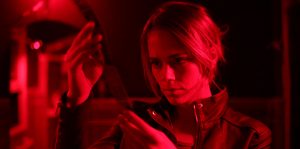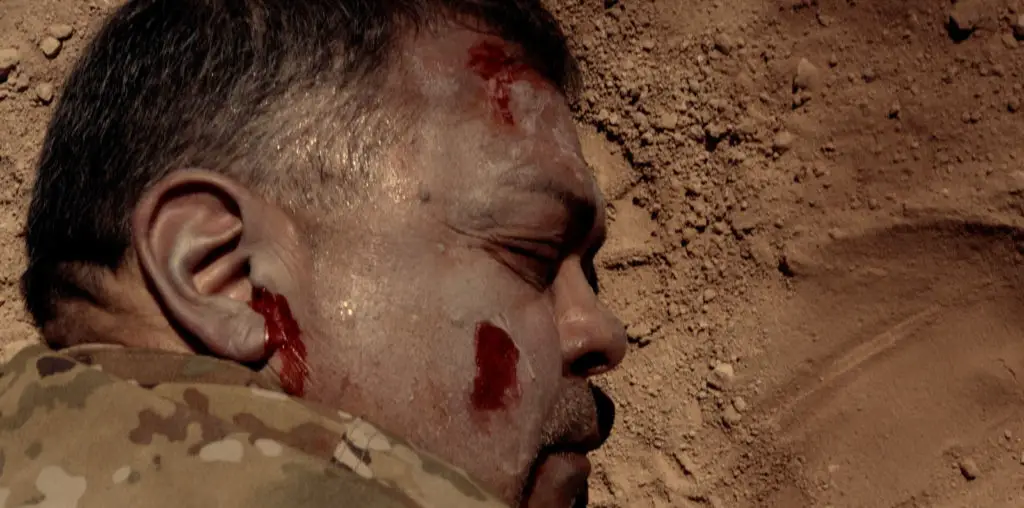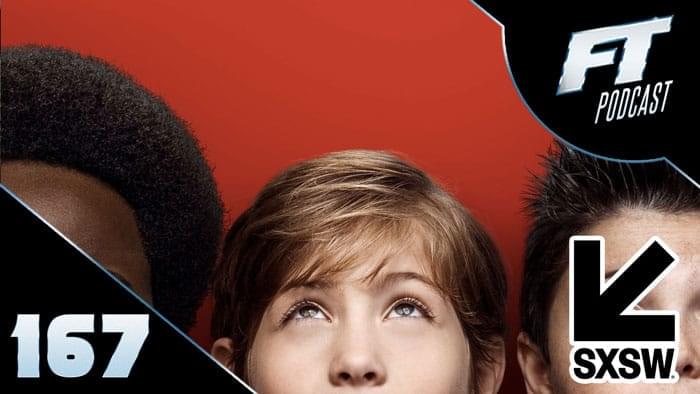
Plot holes can be a frustrating prospect for a reviewer to discuss. Nitpicking a movie to death is pedantic and unfair to the film. For example, how did the titular character in Edward Scissorhands get all that ice he sculpts? Given that this minute detail neither affects the story at large nor any character’s arc, it is an irrelevant plot hole that doesn’t need to be discussed.
On the other hand, there is Interstellar, whose most glaring plot hole actively hurts the emotional impact the film’s ending attempts to achieve. Murph’s dad, Cooper, is sent on a secretive NASA mission when she is only ten years old. Due to the way space travel, wormholes, and Earth’s rotation around the sun work, every year Cooper is gone, it’s multiple years on Earth. At 30 (roughly), Murph gets a job with NASA. She is working on the same project that saw her dad leave all those years earlier. However, at dinner with her brother and sister-in-law, it is discovered that Murph, not the brother, is bitter and angry over their dad’s departure. This makes no sense, based upon previously established characterization and plotlines. This awkward writing devolves the character of Murph into a contradictory shrieking shrew, leaving the audience indifferent to her ultimate fate.
There is a third type of plot hole that is an odd mixture of the other two. It is one that must be overlooked, as in Edward Scissorhands description. It is also the kind of logical gap that undercuts the narrative like the Interstellar example. The thriller Negative kicks off with such a plot hole.
Photographer Hollis (Simon Quarterman) is walking through the park taking photos and snaps a picture of a woman walking across a small bridge over the duck pond. A few hours later, he is at home developing the negatives when there is a knock on the door. Hollis opens it, only to discover that it is the same woman he photographed. Natalie (Katia Winter) wants the negative of the photo, as well as any prints he may have developed from it. Hollis refuses, so Natalie roughs him up a little bit. He relents, allowing her into the darkroom, where she takes both items.

“…walking through the park taking photos and snaps a picture of a woman walking across a small bridge…”
Natalie is on her way out the door when she sees two unsavory types entering the building. Natalie quickly explains to Hollis that the male and female coming up are after her and don’t care that he knows nothing about her; they will kill him. Hollis believes her, and they swiftly exit the building. They steal a car and set out for Phoenix, Arizona, a multi-day drive from where they are in California. All the while, the two pursuers are hot on their trail. Who are they and why do they want to kill Natalie? How does Natalie know so many combat skills? Can Hollis really trust her?
The other important question to ask is how in the blazing hell did the two pursuers know about Hollis’s photo of Natalie? Natalie sees him take it, so that makes sense. But it is a film camera, which he is developing at his home. There were no uploads to Instagram or Facebook, nor any employees at a photography shop that could have seen it and tipped the right people off. Negative’s entire premise is predicated on something the two main antagonists could not have possibly known.
If they were following Natalie since the park, why not just nab her off the street when no one was looking? This, of course, sets up different plot holes, such as, if they knew where she was to follow her in the park, why not tail her home? They could make her death look like a botched robbery gone wrong. These people knowing where Natalie is at any given moment makes just as much sense as them knowing about Hollis taking a photograph of her.
Other issues stem from the pacing of the movie. The prologue sees Natalie eating in a restaurant when several goons come to kill her. It is a thrilling sequence, and the momentum is sure-footed and furious right up until Hollis and Natalie stop for the night at a motel. This slows things down to a crawl for about twenty minutes. In part because the dialogue repeats itself. Shortly after getting on the road, Hollis has a mini freak out and almost runs away from the mysterious Natalie. They discuss if they can trust each other, or if that is even an option right now. A remarkably similar conversation happens again at the motel, and it just feels like padding.

“…the action kicks a*s, the directing is stylish…”
Things get going again when Rodney (Sebastian Roché), Natalie’s ex-husband of sorts, is introduced. It is here at Rodney’s place in Phoenix that the two unshakeable assassins catch up to the main characters. As double crosses take place, the body count rises, and who lives and dies won’t be spoiled here.
For all the flaws in Negative, there are many more points in its favor. For one, director Joshua Caldwell crafts beautiful and invigorating action setpieces. The editing flows from one scene to another seamlessly, with the geography of all the players always making sense. The lighting is moody and atmospheric, complimenting the exceptional cinematography nicely.
As Natalie, Katia Winter is captivating. Her clinical demeanor never comes across as robotic, merely a survival instinct. Hollis complains a lot, but Simon Quarterman makes him an empathetic and interesting screen presence. Sebastian Roché delivers as well, playing the underhanded nature of Rodney nicely, creating a realistic and menacing character.
Negative is greater than the sum of its flawed parts. The whole movie hinges off the bad guys knowing something they have no way of knowing, and the pacing is off. But the action kicks a*s, the directing is stylish, and the characters are engagingly performed.

Negative (2018) Directed by Joshua Caldwell. Written by Adam Gaines. Starring Katia Winter, Simon Quarterman, Sebastian Roché, Marem Hassler, Josh Randall.
Grade: B


